The term “flocculation” carries rather negative connotations; however, there are certain conditions under which controlled flocculation may actually be more desirable than complete deflocculation. An uncontrolled flocculation will in any case make the color location unstable during storage, will cause too much precipitate, reduce gloss and increase the viscosity. Controlled flocculation has been used in the coatings industry for many years.
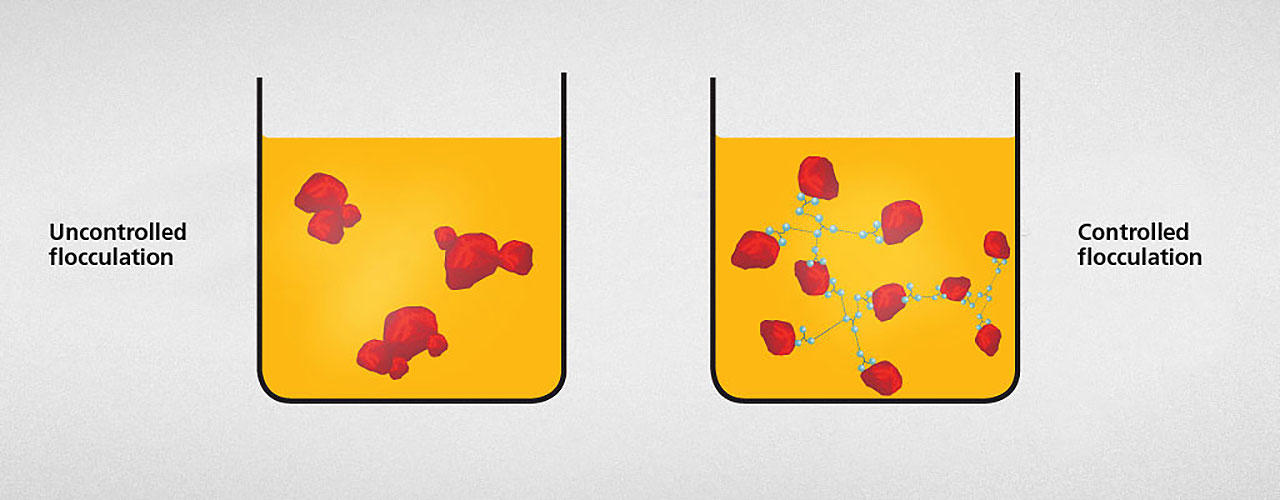
Uncontrolled flocculation (without additives): flocculated pigment particles have direct contact with each other and can be separated only by considerable shear forces.
Controlled flocculation (caused by additives): additive molecules cause the pigment particles to form a network; no direct pigment-pigment contact. Such “controlled” flocculates can be destroyed by low shear forces.
f low-molecular weight wetting and dispersing additives contain at least two to three adhesive groups which are kept apart from each other, then they can form bridges between different pigments either directly or via further additive molecules, and in this manner they can develop larger three-dimensional network structures that are similar to flocculates.
The size and stability of such “flocculates” are determined by the properties of the additive – in particular, through the additive-additive and additive-pigment interactions. We consider this to be a “controlled flocculation”, as the entire process is controlled by the additive.
Controlled flocculate with special low-molecular weight wetting and dispersing additives with several adhesive groups per molecule.
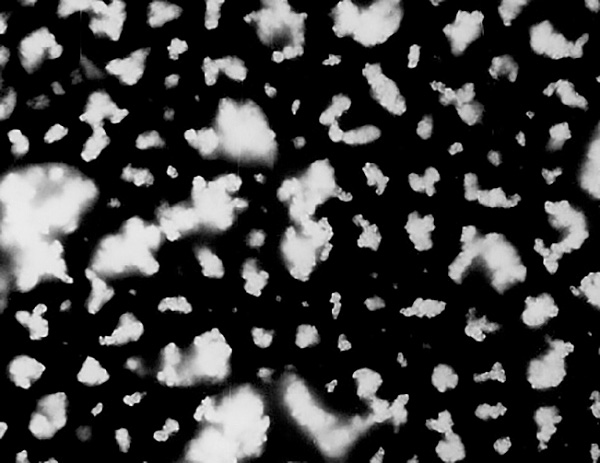
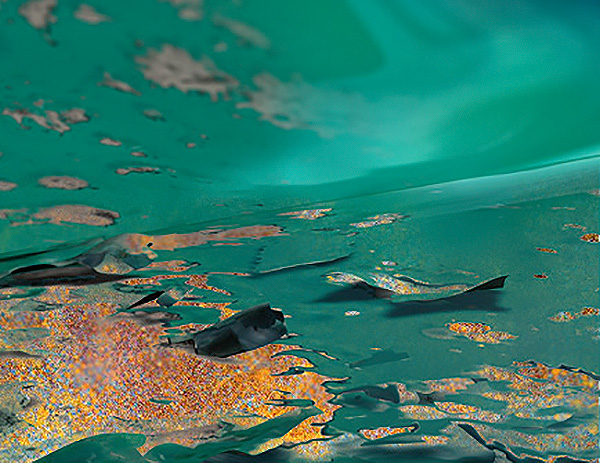
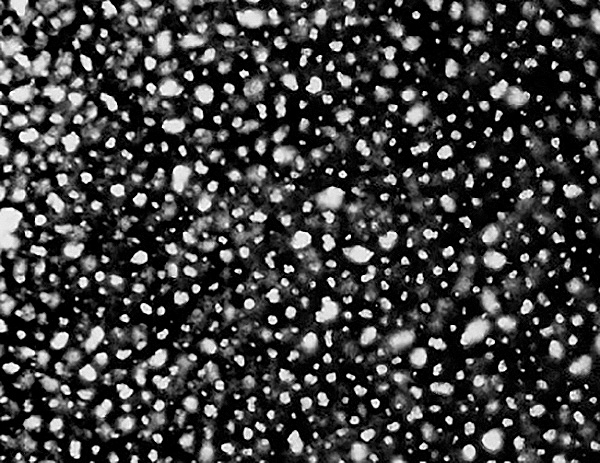
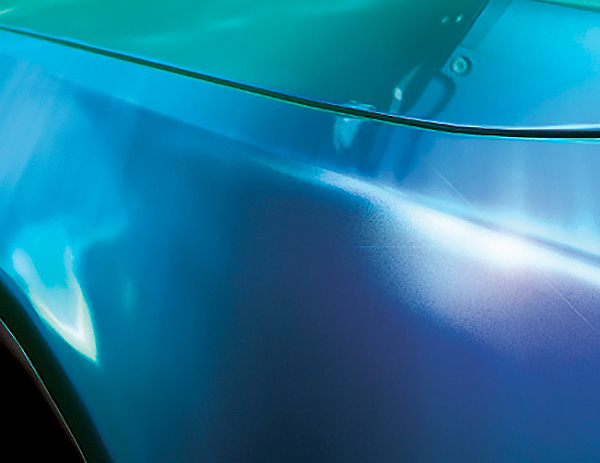
It is important to clarify the difference between the above flocculation state and the “normal” flocculation state: without additives, the pigment particles in the uncontrolled flocculate are in direct contact with each other and it is difficult to separate them. A controlled flocculation, however, ensures no direct pigment-pigment contact as additive molecules are always located between the pigment particles. These wetting and dispersing additives which have a controlled flocculating effect also have pigment-wetting properties and they also stabilize the pigment dispersion, only in a different manner to that of the deflocculating additives.
Although uncontrolled flocculation is always undesirable (since a variety of negative effects occur, like, for example, gloss reduction, viscosity instabilities, etc.), controlled flocculation can purposefully be used to attain certain desired effects in the coating system.
The three-dimensional network structure created by controlled flocculating wetting and dispersing additives has a similar form to that of rheology additives and a characteristic rheological behavior is linked to the controlled flocculating additives: through these structures, the resting state viscosity of the coating is really high. However, when shear forces are applied, the structures (pigment flocculates) break apart and induce lower viscosity. Afterwards, following the removal of the shear forces, the flocculates are able to rebuild. Generally, such systems display a flow threshold. While the deflocculating additives present rather Newtonian flow characteristics and break down thixotropy, when a controlled flocculating additive is used, thixotropy or at least pseudoplastic flow characteristics are generated. Through the above rheological behavior, properties such as sagging and settling can be positively influenced. That said, controlled flocculation also brings with it a gloss reduction; it is not possible to create high-gloss formulations with these additives.
Taking into consideration these discussions, it is also clear where dispersing additives of this nature can be used: they are mainly used in primer surfacers, fillers and intermediate coats where it is not essential to achieve a high gloss, but an improved stability on suitable surfaces and a decreased tendency of the solid particles to settle are desired. However, for topcoat systems where a better gloss and leveling are required, it is usually preferred to have extensive deflocculation. Of course, we do have a middle ground here. If it is not necessary for the topcoat to be of a very high quality, you can also achieve good results by using a slightly controlled flocculation.
However, the distinctive rheological effects of the controlled flocculating additives should not obscure the fact that these products are primarily used for wetting and stabilizing pigments. The influence on the rheology is only a side effect, even if it is very convenient. It is often the case that it is insufficient to influence the flow characteristics using the controlled flocculating dispersing additives alone. It is common practice to combine these with “true” rheological additives.
The most widely used controlled flocculating wetting and dispersing additives are ANTI‑TERRA‑204, which is used in a variety of ways in solvent-borne fillers and primer surfacers, and ANTI‑TERRA‑250, which is applied in aqueous systems. BYK‑P 104 is an additive which has a much less controlling flocculating effect. It was developed to combat separation in combinations of titanium dioxide with colored pigments. It achieves this by means of co-flocculation, without having any adverse effects upon gloss and rheology.
On this website we use cookies and similar functions to process end device information and personal data. The processing is used for purposes such as to integrate content, external services and elements from third parties, statistical analysis/measurement, personalized advertising and the integration of social media. Depending on the function, data is passed on to up to 9 third parties and processed by them. This consent is voluntary, not required for the use of our website and can be revoked at any time using the icon on the bottom left.